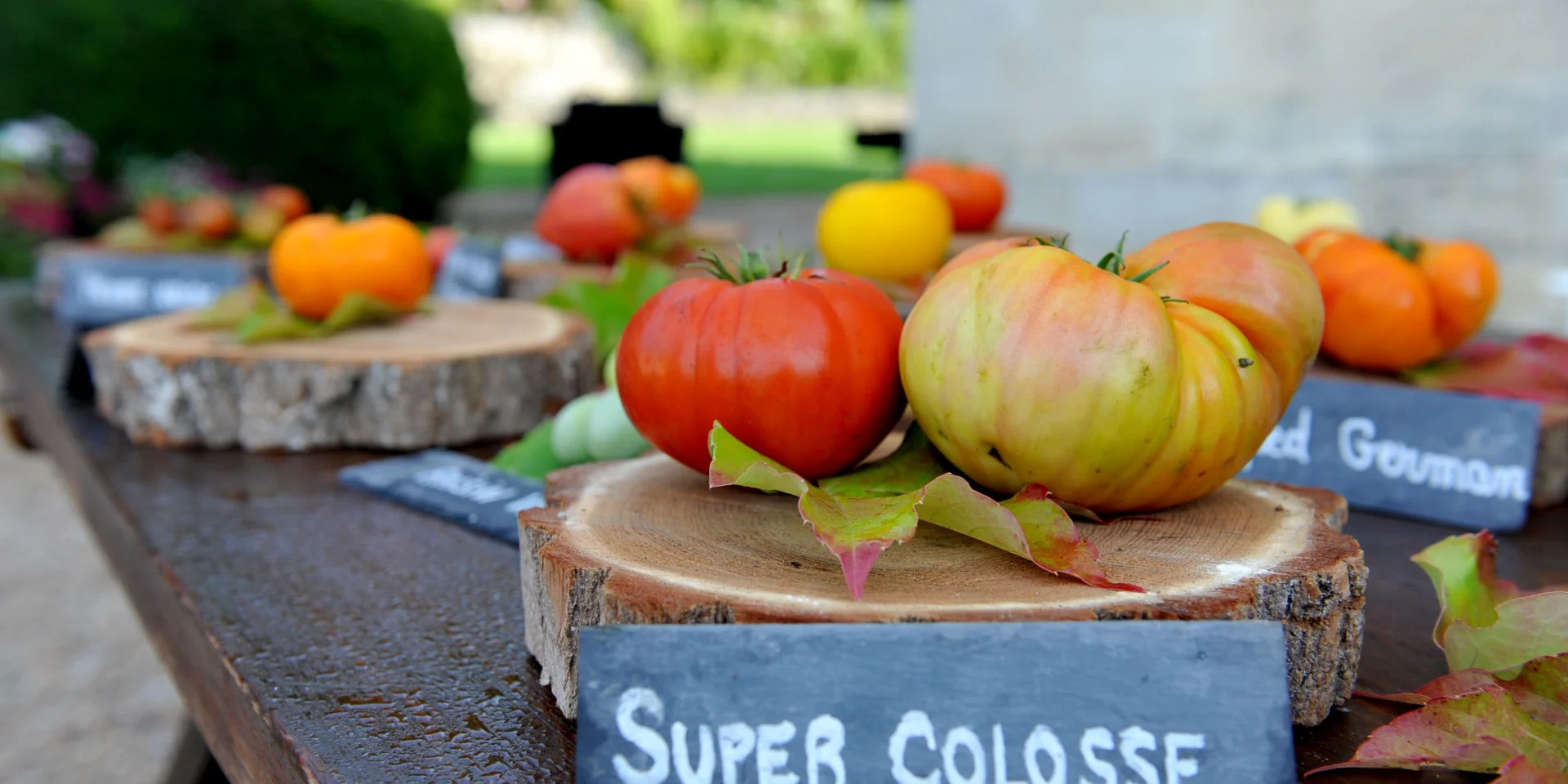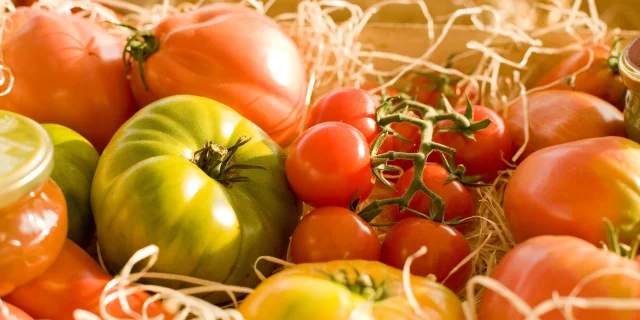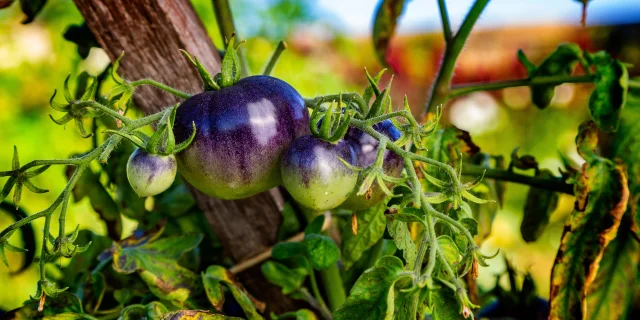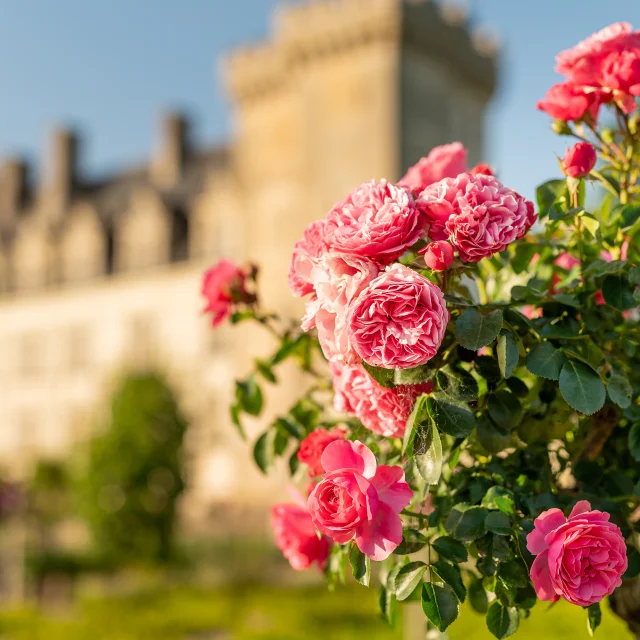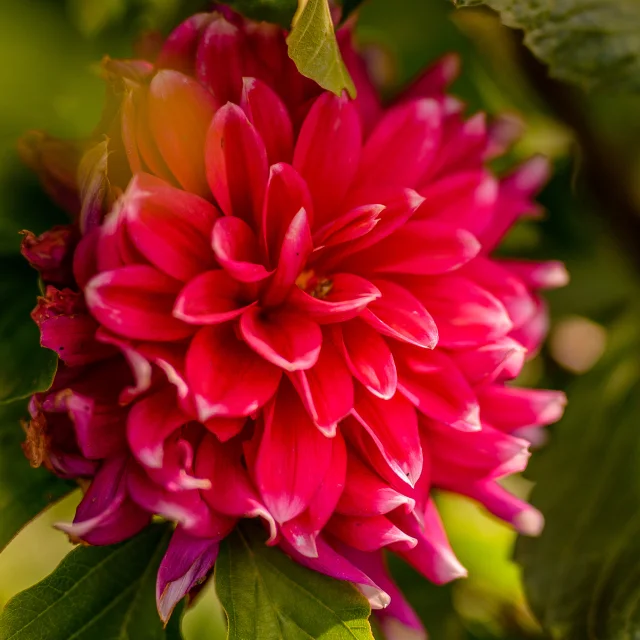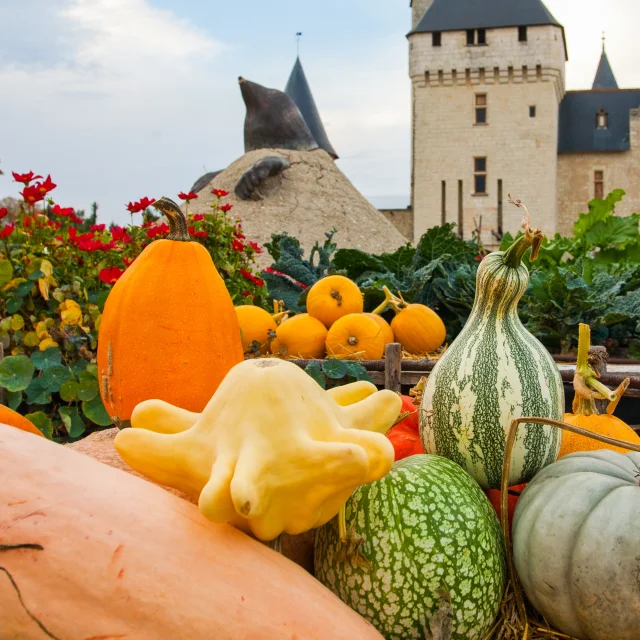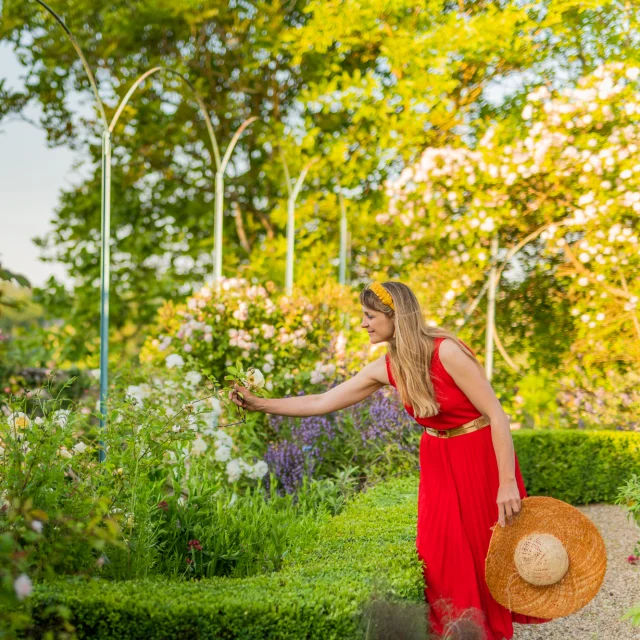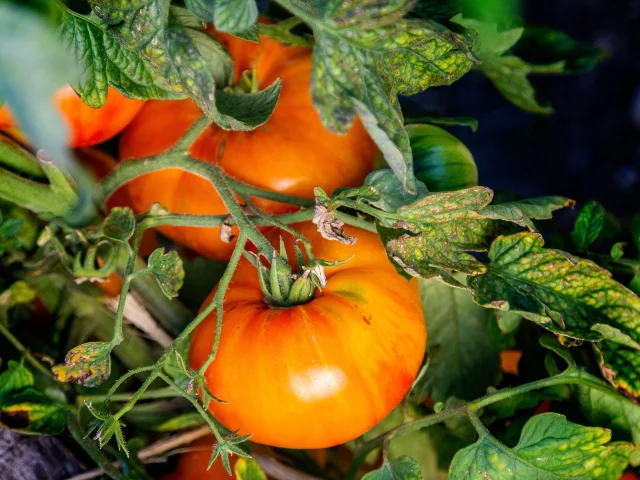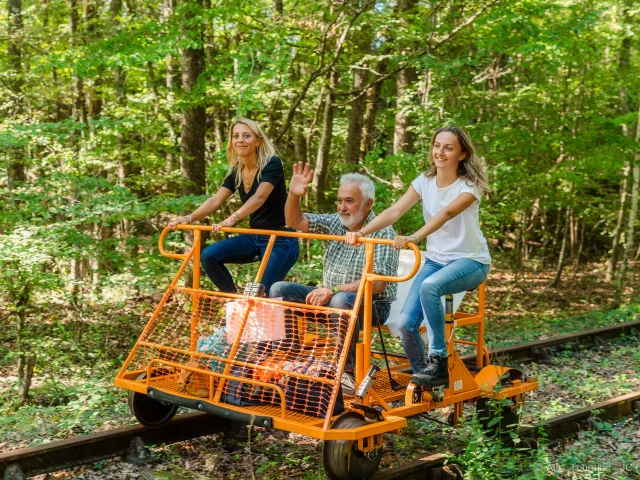When and how to plant tomatoes in the garden
Successful planting starts with good soil preparation. Enrich the soil with mature compost or decomposed manure, incorporating it to a depth of 30 cm. An addition of nettle purin will stimulate future root growth.
Choose a mild, windless day to set up your plants. Dig holes 20 cm deep, burying the stem up to the first leaves. This technique encourages the development of a powerful root system.
Orienting rows north-south maximises sunlight. Place your stakes as soon as you plant, 3 cm from the base, to avoid damaging the roots later. A natural mulch around the plants will preserve moisture and limit the growth of unwanted weeds.
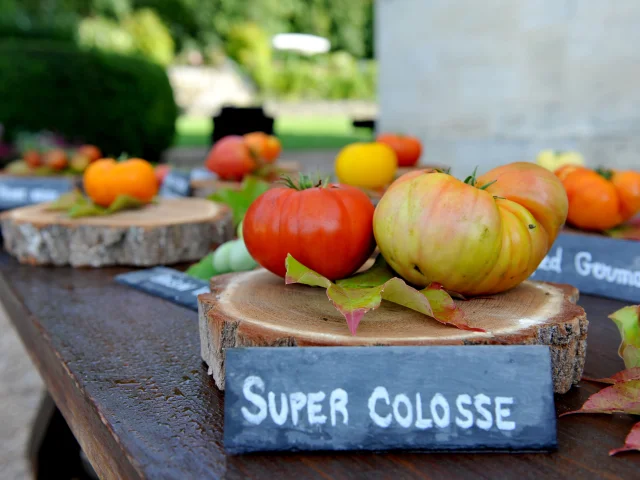 tomatoes from Château de la Bourdaisière
tomatoes from Château de la Bourdaisière